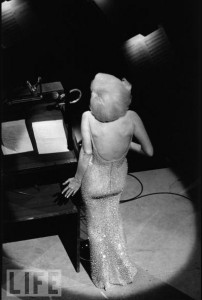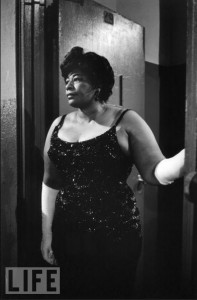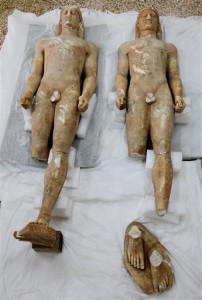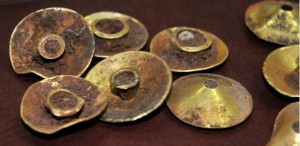A team of forensic anthropologists have reconstructed the battle-scarred face of a 14th century knight unearthed at Stirling Castle in Scotland. You can clearly see the dent in his head from that axe wound to the skull he survived, and his not-so-great teeth.
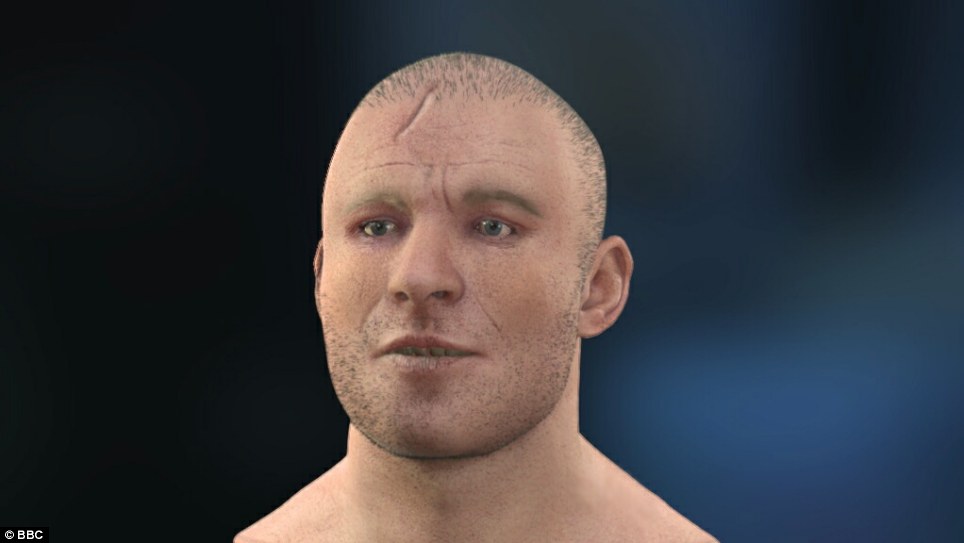
The knight was found in 1997 along with other skeletons buried under the floor of the lost chapel of James IV, the oldest known building in the castle dating back to the early 1100s. It’s only recently that technology has been able to provide us with the goods on him.
Forensic analysis of his bones indicates he was raised in southern England and was in his mid-20s when he died. The team also found out that the sword blow that sliced through his nose and jaw wasn’t the most likely cause of death. Instead it was probably a Scottish arrow shot during an attack on the castle that killed him.
The most surprising find, however, is documentation that strongly points to his actual identity. Earlier speculation was that he might have been Robert Morley, killed in tournament at Stirling Castle in 1388. The fatal arrow wound doesn’t really fit the tournament death scenario, though, and the skeleton of a woman found next to him with her skull smashed in by a mace also suggests full-on ruthless assault rather than war games.
Documents uncovered by the team showed that Sir John, a Buckinghamshire lord, was a senior member of the garrison. He died on 10 October 1341 and his family line has since died out.
Prof Black said piecing together the potential identity of the knight was “absolutely unexpected”.
“When you start with something that was less than optimal, the chances of getting it back to even a possible name is much better that we could even have expected.”
However the identity of the woman buried next to him will probably never be known as women were not deemed important enough for their deaths to be recorded.
The research will go on permanent display at Stirling Castle next year. Historic Scotland, the organization that curates the castle, is also commissioning further study on the 10 skeletons found along with Sir John.


